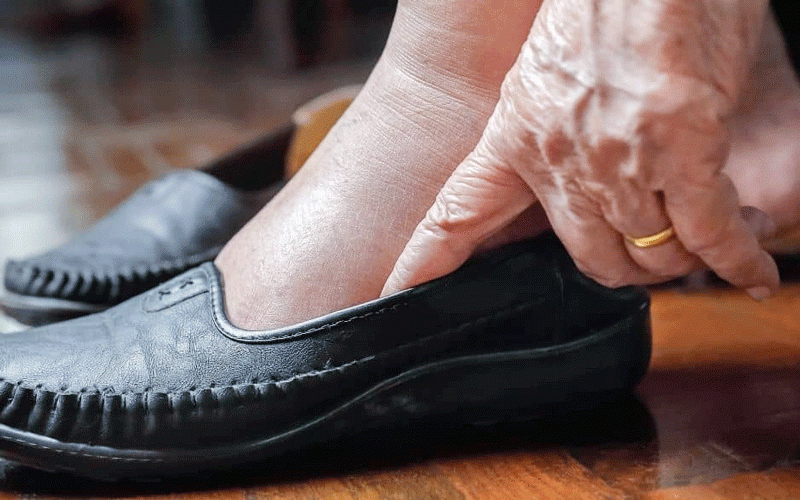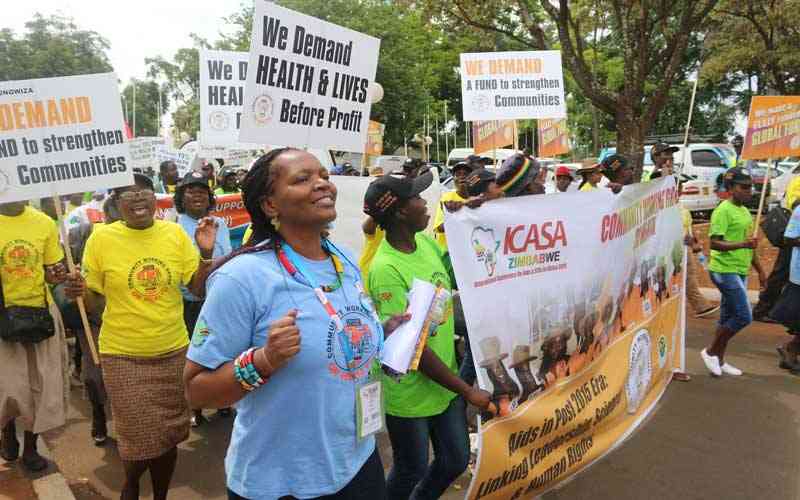
Mothers, sisters and grandmothers ululated, danced and sang songs of joy praising their menfolk who had been circumcised and at the same time encouraging those who have not been circumcised to follow suit. “Today is a happy day for the whole family as my son has been circumcised, all night celebrations await us at home and we have also slaughtered a cow for the celebrations”, said one woman who could not contain her joy.
This is the second year running that the Shangani community has partnered with the Ministry of Health and Child Welfare to incorporate safe medical male circumcision in their traditional rite of passage.
The National Aids Council, United Nations Population Fund, World Health Organisation and Population Services International have also rallied behind this initiative through providing technical and financial support. This year alone, more than 2 000 Shangani men in Chiredzi were circumcised through the programme which also includes voluntary HIV-testing and counselling, information on safer sex and screening for STIs as well as attention to other male reproductive health issues.
Male circumcision has become one of the key components of the national HIV prevention package. Besides the fact that male circumcision reduces the risk of contracting the HIV virus by up to 60%, it also reduces urinary tract infections and the risk of penile cancer in men and cervical cancer in women. Other major prevention strategies being implemented by the ministry include behaviour change promotion, HIV-testing and counselling, male and female condom promotion and sexually transmitted infections control.
Though the HIV prevalence rate in Zimbabwe has been declining since the late 1990s (26,5% in 1997 to 14,3% in 2010), HIV related illness still remain the largest cause of death among adults of reproductive age. HIV is largely spread through heterosexual contact and prevention is considered the cornerstone of the overall HIV and Aids response.
- Chamisa under fire over US$120K donation
- Mavhunga puts DeMbare into Chibuku quarterfinals
- Pension funds bet on Cabora Bassa oilfields
- Councils defy govt fire tender directive
Keep Reading
With a very low male circumcision prevalence rate of 10%, according to the Zimbabwe Demographic Health Survey 2005/6, Zimbabwe fits into the WHO category of countries with a great potential for public health impact of male circumcision scaling up.
According to the Health ministry, for the country to realise this public health impact there should be at least 1,2 million male circumcisions by 2015. To reach this target, the Ministry of Health and Child Welfare and partners are implementing a number of strategies, one of which is outreach targeting traditional circumcising communities to include safe medical male circumcision as well as components of HIV prevention and reproductive health. To date, more than 37 000 men nationwide have been circumcised through the ministry’s male circumcision programme.











